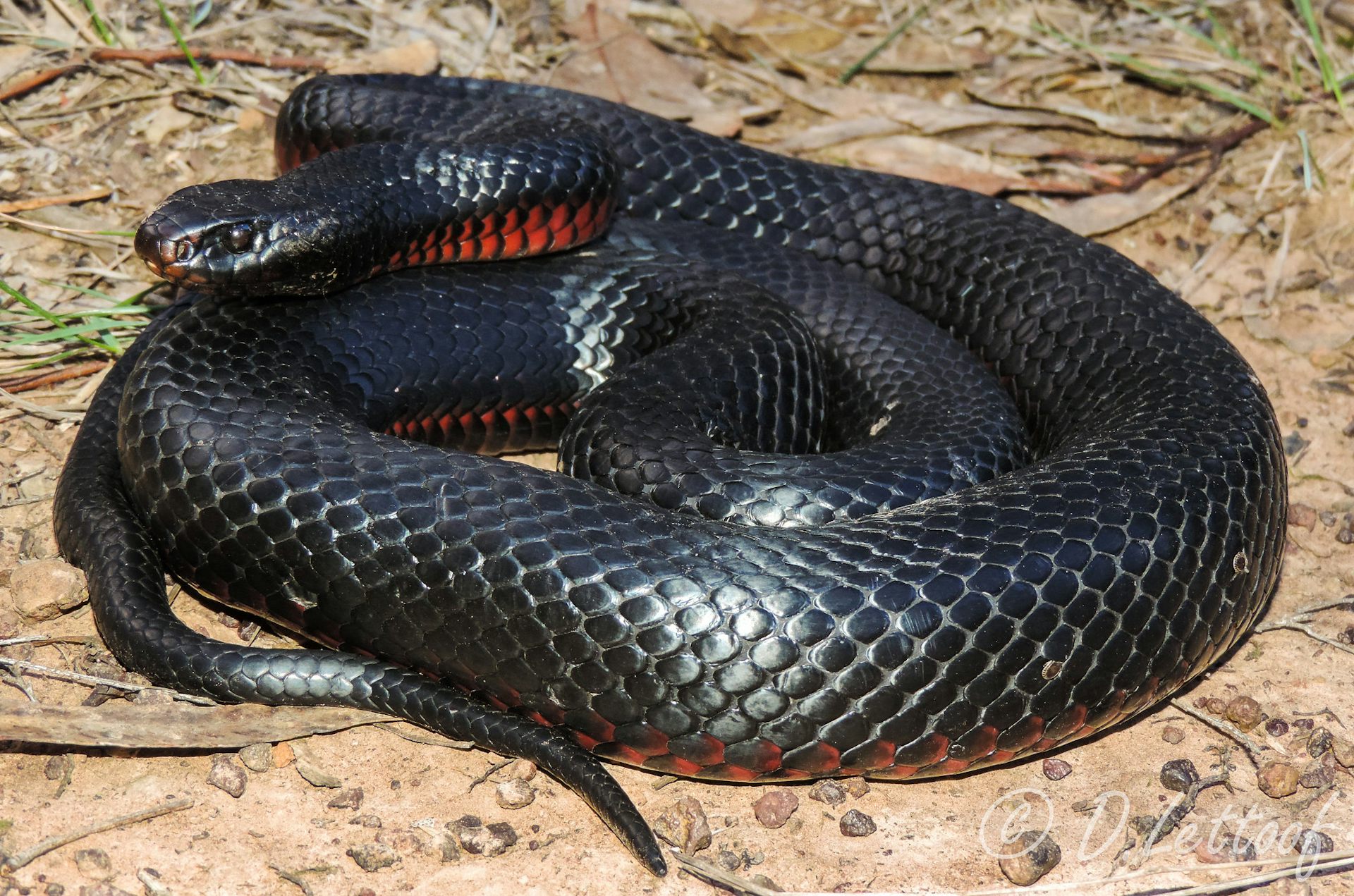Introduction
Tiger snakes are amongst one of the most widely known and been afraid reptiles in Australia, widely identified for their striking look and powerful poison. This short article aims to look into the complexities of the tiger snake's habitat, distribution, habits, and what one can expect when encountering these remarkable creatures. By comprehending where to find them and how to navigate possible threats, you can appreciate their function in the environment while ensuring your safety and security.
Tiger Serpent Environment: Where to Discover Them and What to Expect
Tiger snakes are primarily located in southeastern Australia, consisting of Tasmania, where they prosper in a variety baby brown snake of environments. Their versatility permits them to live in diverse terrains such as coastal regions, marshes, meadows, and even metropolitan locations.


Geographical Distribution of Tiger Snakes
The geographical reach of tiger serpents expands across a number of Australian states. They are specifically typical in:
- Tasmania: The Tasmanian tiger snake is one of the most acknowledged subspecies. Victoria: Located near water bodies like rivers and lakes. New South Wales: Favoring bushland areas close to water sources. Western Australia: More commonly seen around swamps and estuaries.
Understanding the geographical circulation is important for both preservation initiatives and public awareness pertaining to encounters with these snakes.
Preferred Environments of Tiger Snakes
Tiger serpents thrive in numerous habitats. Below are some typical settings where they may be located:
Wetlands: They like marshy or boggy locations where they can access victim easily. Coastal Regions: Near beaches or rough coastlines provide bountiful food sources like fish and amphibians. Forested Areas: Dense undergrowth uses sanctuary from predators while supplying searching grounds.Behavioral Patterns Associated with Habitat
Understanding tiger serpent behavior within their habitats is vital for communication management:
- Nocturnal Activity: Tiger snakes tend to be a lot more active during twilight hours (dusk and dawn), making them more difficult to find throughout daytime. Territorial Nature: They show territorial habits; hence, it's paramount to value their room if encountered.
This understanding can aid mitigate unwanted communications in between humans and tiger snakes.
Are Tiger Snakes Venomous?
Yes, tiger serpents are undoubtedly venomous. Their venom has neurotoxins that can create paralysis or even death if untreated.
What Makes Their Venom Dangerous?
The effectiveness of a tiger snake's poison varies depending on a number of elements:
- Geographic location Individual health Quantity infused throughout a bite
Symptoms of a Tiger Serpent Bite
Recognizing signs and symptoms early is important:
- Pain at the bite site Swelling Difficulty breathing
Immediate clinical attention is crucial if bitten.
First Help for Serpent Bites
Knowing first aid procedures can be lifesaving in instance of a snake bite.

First Aid Steps for Snake Bites
Stay tranquility; keep the affected location still. Call emergency situation services immediately. Apply a pressure bandage above the bite site. Keep the specific resting till help arrives.Following these steps can dramatically boost end results following a serpent encounter.
Where Else Can You Run Into Tiger Snakes?
While they're commonly located in their natural habitats, urbanization has resulted in increased experiences with humans.
Urban Encounters
Tiger snakes might venture right into yards or parks looking for food or water sources.
Precautions When Treking or Exploring
When discovering locations known for tiger serpent habitats:
- Wear thick boots Stay on paths Be vigilant
Taking these precautions will help decrease dangers while you appreciate nature.
Baby Tiger Snakes: An Unique Viewpoint on Growth
Just like grownups, child tiger serpents are born venomous yet smaller in size.
Characteristics of Infant Tiger Snakes
- Size: Commonly around 20-- 30 centimeters when born. Appearance: Sport comparable coloration as adults however may have lighter bands initially.
Understanding their advancement assists in valuing their environmental function from infancy onward.
FAQs regarding Tiger Snakes
1. Are all tiger snakes venomous?
Yes, all types of tiger snakes possess poison with the ability of triggering major harm.
2. Just how can I identify a tiger snake?
Look for unique banding patterns varying from yellowish-brown to blackish shades along are hoop snakes real their bodies; grownups typically expand in between 1-- 2 meters long.
3. What need to I do if bitten by a tiger snake?
Seek instant clinical attention; use emergency treatment measures as gone over earlier while maintaining calm.
4. Do baby tiger snakes position any danger?
Absolutely! Regardless of their small size, child tiger serpents are still poisonous and can supply attacks that require serious clinical attention.
5. Exist any certain environments I need to avoid?
Avoid walking through dense underbrush or near stationary water where conditions prefer serpent presence throughout warmer months.
6. Exactly how do conservation initiatives influence tiger snake populations?
Conservation initiatives focus on environment preservation which straight affects populace stability by guaranteeing enough food sources and safe breeding locations.
Conclusion
In summary, understanding "Tiger Snake Habitat: Where to Find Them and What to Expect" not just improves our understanding regarding these impressive reptiles but also improves our ability to exist together safely with them in shared atmospheres. From acknowledging their chosen environments to understanding exactly how to react successfully if bitten, thorough expertise encourages us all-- whether we're wild animals enthusiasts or laid-back hikers-- to appreciate this remarkable facet of Australia's all-natural heritage while prioritizing our safety.
This short article acts as a considerable overview on whatever related Conservation and Education to tiger snake habitats! Whether you're an avid traveler or a person looking just for information about these creatures, understanding just how they communicate within their communities-- and exactly how we match that photo-- is crucial!